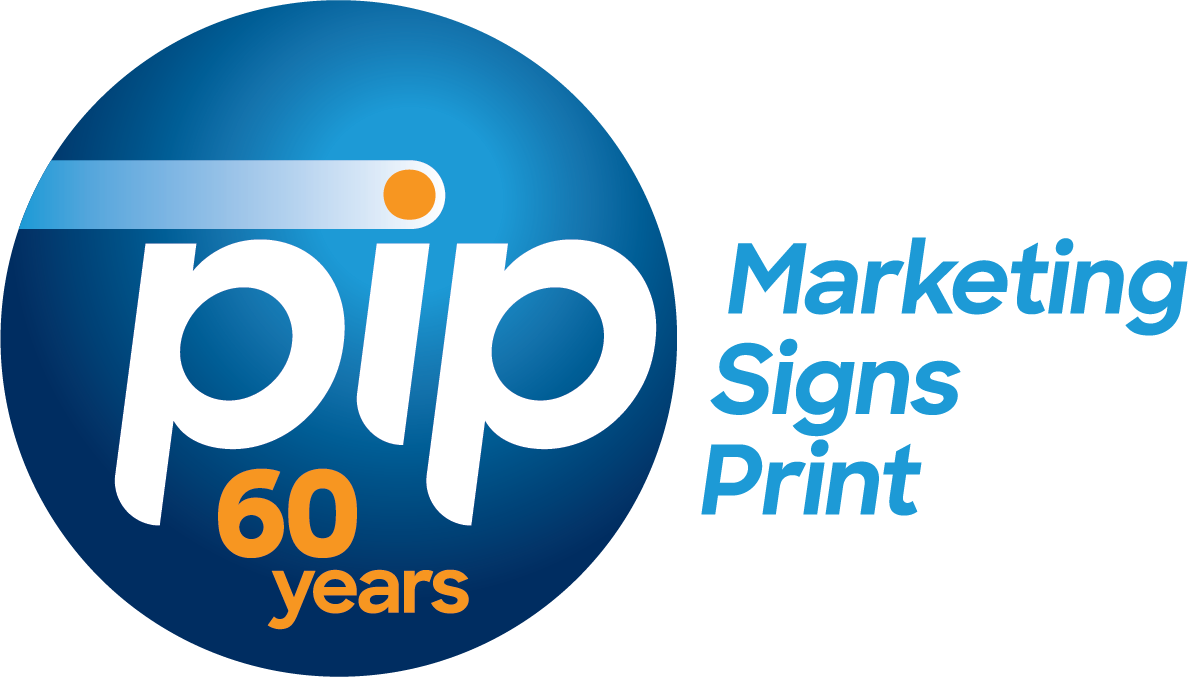Blog Post | Dec 19, 2023
4 Unskippable Metrics for a Content Audit
Regular content audits should be used to assess the health and performance of your website.

A content audit is essential for regularly checking in on the health of your website and the performance of your content. Ideally it should give you a complete overview of what works and what doesn’t, allowing you to decide what to remove or improve and providing insights into what your audience wants to see on your site.
Knowing which metrics to focus on when assessing your website content’s performance can be challenging, but neither can you choose not to measure your performance at all. To help you get started with the most critical data, below is a list of essential, unskippable metrics for assessing your site health.
1. Time on Page
The average amount of time a user spends on each of your webpages before moving on to another helps you see where you have high user engagement and where there is work to be done. It helps determine whether the right visitors are landing on your site and if they are finding what they are looking for. High average time on page equates to engaging content that easily draws readers in while low time on page may indicate a disengaged audience or the need to make some design upgrades.
2. Returning vs. New Visitors
In addition to tracking the new visitors who are seeing your information for the first time, it is important to remain aware of loyal visitors who return regularly to your site. Look at where your visitors are spending their time—are they able to easily find what they need or are they searching aimlessly? New user data may be a good key performance indicator for outreach to new markets or to verify the success of other direct marketing efforts. Returning user data may demonstrate trends in loyalty or confirm the effectiveness of your marketing initiatives.
3. Organic Search Traffic
An exciting metric, this one tells you how well you are doing at search engine optimization and other unpaid methods of driving traffic to your site. Organic traffic may be driven by taking advantage of local listings, getting your name out through other campaigns so that visitors type your URL directly into their browsers, guest posting on relevant sites, or because you have created genuinely compelling content that is driving new visitors to your site.
4. Conversion Rate from Content
Be aware of how and where your audiences are converting. Increased traffic is great, but it doesn’t really matter if they aren’t buying what you’re selling. Reviewing the ROI of your content offers a clear picture of your content performance, so keep tabs on whether visitors are joining your mailing list, downloading free content or making purchases.
Conclusion
Content auditing is an ongoing process helping you periodically evaluate your site’s effectiveness, identifying potential gaps or weaknesses and allowing you to continuously modify your strategy, as needed. Though the process can be involved, requiring extensive data collection and analysis, content audits are a powerful tool for regularly fine-tuning your content.
Knowing which metrics to focus on when assessing your website content’s performance can be challenging, but neither can you choose not to measure your performance at all. To help you get started with the most critical data, below is a list of essential, unskippable metrics for assessing your site health.
1. Time on Page
The average amount of time a user spends on each of your webpages before moving on to another helps you see where you have high user engagement and where there is work to be done. It helps determine whether the right visitors are landing on your site and if they are finding what they are looking for. High average time on page equates to engaging content that easily draws readers in while low time on page may indicate a disengaged audience or the need to make some design upgrades.
2. Returning vs. New Visitors
In addition to tracking the new visitors who are seeing your information for the first time, it is important to remain aware of loyal visitors who return regularly to your site. Look at where your visitors are spending their time—are they able to easily find what they need or are they searching aimlessly? New user data may be a good key performance indicator for outreach to new markets or to verify the success of other direct marketing efforts. Returning user data may demonstrate trends in loyalty or confirm the effectiveness of your marketing initiatives.
3. Organic Search Traffic
An exciting metric, this one tells you how well you are doing at search engine optimization and other unpaid methods of driving traffic to your site. Organic traffic may be driven by taking advantage of local listings, getting your name out through other campaigns so that visitors type your URL directly into their browsers, guest posting on relevant sites, or because you have created genuinely compelling content that is driving new visitors to your site.
4. Conversion Rate from Content
Be aware of how and where your audiences are converting. Increased traffic is great, but it doesn’t really matter if they aren’t buying what you’re selling. Reviewing the ROI of your content offers a clear picture of your content performance, so keep tabs on whether visitors are joining your mailing list, downloading free content or making purchases.
Conclusion
Content auditing is an ongoing process helping you periodically evaluate your site’s effectiveness, identifying potential gaps or weaknesses and allowing you to continuously modify your strategy, as needed. Though the process can be involved, requiring extensive data collection and analysis, content audits are a powerful tool for regularly fine-tuning your content.
